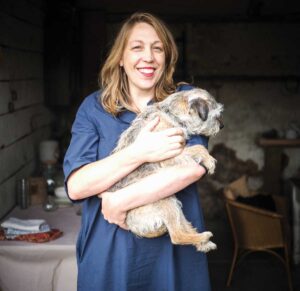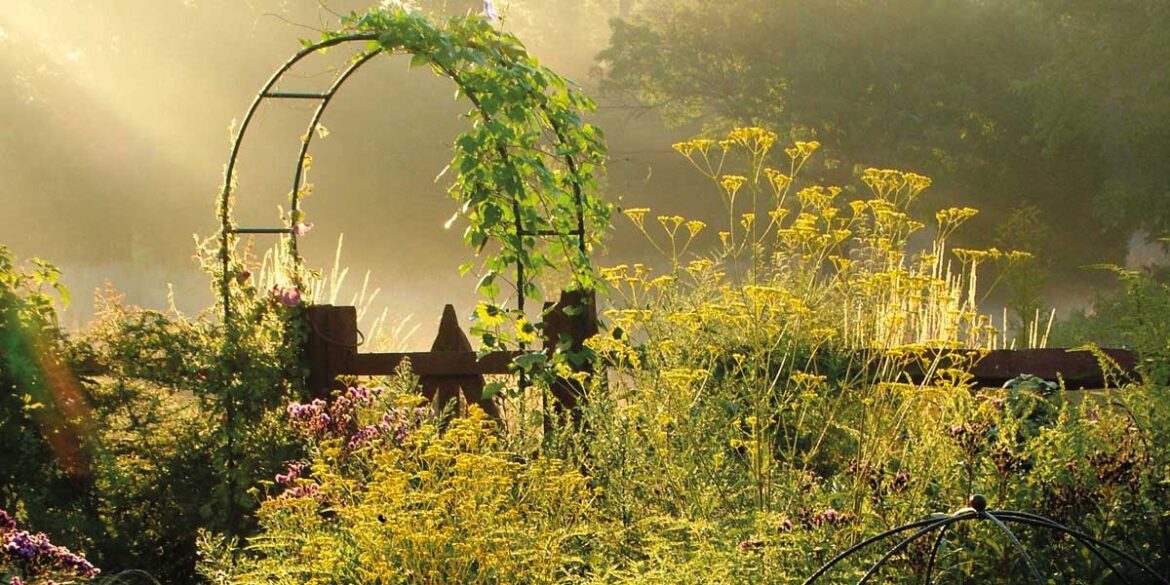Let your garden relax into winter, leaving seedheads, wildflowers and leaves in situ for the wildlife they support, says Anna Taylor
Most of us spend less time in our gardens come November. While I am by the wood burner planning my planting and sowing schedules for the following spring, my thoughts turn to the fact that my garden is still home to all the wildlife I encounter during warmer months.
This year has seen a huge decline in birds, bees and butterflies across the UK. Preventing biodiversity loss is just as important as minimising impacts of climate change, since we are dependent on these organisms for our survival. They pollinate crops, regulate local climates, purify water and provide food, medicine and wellbeing benefits. Only healthy, connected ecosystems supply this service entirely free of charge and we can all do our bit to help.
British gardens make up a significant portion of the country (the equivalent to about one-fifth of the area of Wales), so we are in the unique position to boost the biodiversity within them. According to Cambridge University Botanic Garden, up to a quarter of Cambridge city comprises garden spaces. Though they might seem small individually, together they form a network of ecological corridors linking urban plots with local nature reserves and the wider countryside. Whenever I am overwhelmed by the effects of climate change, it’s comforting to know that I can contribute positively from my own garden.
 Autumn is the perfect time to support wildlife. This ranges from invertebrates such as earthworms and dragonflies to birds, mammals and amphibians. These all need water, food, shelter and breeding grounds, so if you can provide at least one of these, that’s a huge benefit.
Autumn is the perfect time to support wildlife. This ranges from invertebrates such as earthworms and dragonflies to birds, mammals and amphibians. These all need water, food, shelter and breeding grounds, so if you can provide at least one of these, that’s a huge benefit.
One way to make wildlife more welcome is to leave gardens a lot messier. Often, they’re cleaned up for the winter months: soil is weeded, leaves are raked and plants are cut down. I maintain the view that decaying plants are all part of the previous summer’s story. This is why I leave seedheads to stand, supplying food and shelter for birds such as finches and wrens. The seedheads’ winter silhouettes offer visual structure that changes with the light. Echinacea and echinops, among grasses such as Miscanthus sinensis and Stipa gigantea provide long shadows and frosty structures where cobwebs are spun, evidence of the spiders living among them.
Another thing we can all do is stop digging over our beds to weed them. Instead, leave the weeds in situ to continue keeping the soil (and a whole host of beneficial bacteria and fungi) fed and active throughout the winter months.
If the soil is warm enough, you can scatter old seeds over and fill bare patches. Hardy annuals will produce flowers early in the following year. Sweep leaves off the lawn to prevent damage, and spread them over beds and under hedges to provide cover, letting them gently rot and increase the organic matter in the soil.
Another easy idea is creating a woodpile or cluster of prunings in a corner or behind a shrub. Beetles can make homes here, in turn providing food for birds and hedgehogs. Look after the bottom of the food chain so the top can help itself.
Finally, providing water sources creates rich ecosystems that naturally support a huge array of wildlife. If you don’t have space or time for a pond, you can make a simple bird bath from an upturned bin lid to provide water for birds and insects. Just remember to smash up any ice that forms on the coldest days.
Anna is a garden and cut flowers writer, educator and designer who works from her studio in Saffron Walden.

